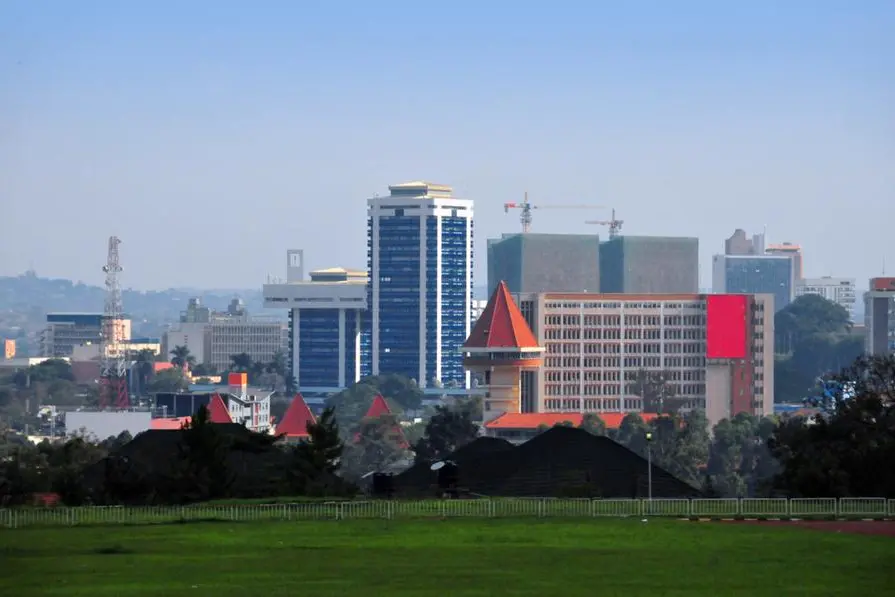PHOTO
Uganda’s National Social Security Fund (NSSF) weathered equity pressures in 2022/23 to record increased revenues, amid slowed economic activity. The fund’s revenue increased by 15 per cent to Ush2.2 trillion ($585.33 million) from Ush1.9 trillion ($505.51 million) in the previous year, according to financial results released Wednesday.
This performance is attributed to growth in increased earnings from interest income and dividends.
Patrick Ayota, NSSF Uganda managing director, said that during the period, interest income increased to Ush2 trillion ($532.12 million) from Ush1.79 trillion ($476.24 million), while dividend income increased to Ush139 billion ($36.98 million) from Ush84 billion ($22.35 million).
In the financial year, the Nairobi Stock Exchange lost 14.04 percent of its value, while Uganda’s bourse lost 11.47 per cent. The Dar es Salaam Stock Exchange’s value fell by 4.02 per cent, while Rwanda’s fell by only 2.27 percent.
Read: Institutional investors exit Uganda bourseCapitalisationAccording to data from the Uganda Capital Markets Authority (CMA), investors on the Uganda Securities Exchange lost Ush2.1 trillion ($558.72 million) from their portfolios in the quarter ended June 2023 due to a decrease in market capitalisation of five cross-listed counters in addition of the local DFCU counter.
The biggest drag came from Centum Investment Company, East African Breweries Ltd, Kenya Commercial Bank, Equity Bank and Kenya Airways.
Ayota said: “The decline in the value of Ugandan and Kenyan stockmarkets, the appreciation of Uganda shilling against regional currencies, and the decline in long-term bond yields put additional pressure on the fund’s performance.”NSSF’s assets under management increased from Ush17.26 trillion ($4.59 billion) to Ush56 trillion ($4.94 billion) during the period, owing to an increase in member contributions, increased income, and lower management costs.“Looking ahead, the capital markets may continue to be affected by foreign investors selling off their investments in emerging and frontier markets,” the CMA noted in its 2023 Q2 review.
Read: Uganda NSSF savers expect higher interest rateNSSF also noted a drop in long-term bond yields in the 2023/23 fiscal year compared to the previous year; for example, the 10-year bond yield fell from 15.6 per cent to 14.7 per cent, while the 15-year bond yield fell from 16.294 per cent to 15.291 per cent.
Additionally, the yield on 20-year bonds also decreased from 17.6345 per cent to 15.313 per cent.
NSSF has recently changed its investment strategies, reducing its investment in Treasury bonds, which attract high interest rates, in order to increase its liquidity levels, which are required for mid-term access.
A new law in Uganda allows fund members who have been saving for the last 10 years and are at least 45 years old to be eligible for midterm access to their benefits for an amount not exceeding 20 per cent of their accrued benefits. © Copyright 2022 Nation Media Group. All Rights Reserved. Provided by SyndiGate Media Inc. (Syndigate.info).





















